Home>Articles>How Does Plumbing Work In An Apartment Building
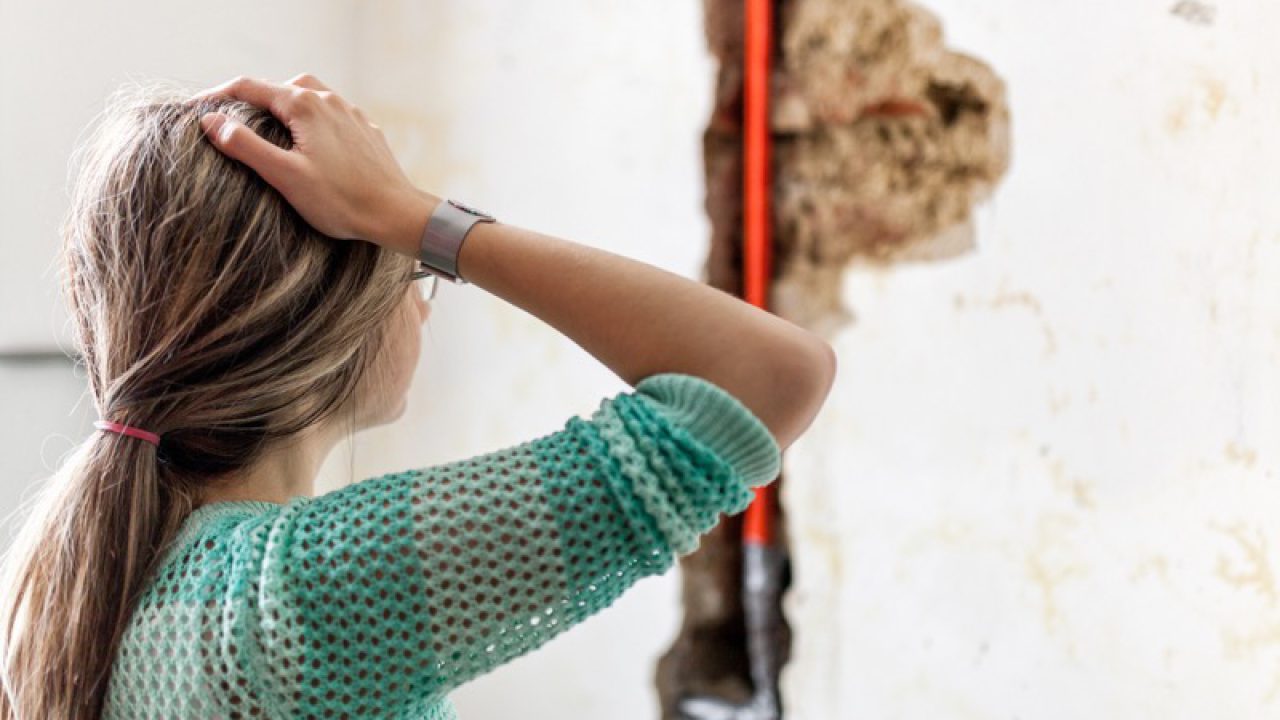

Articles
How Does Plumbing Work In An Apartment Building
Modified: August 26, 2024
Discover how plumbing works in apartment buildings with informative articles that explain the intricate systems and processes.
(Many of the links in this article redirect to a specific reviewed product. Your purchase of these products through affiliate links helps to generate commission for Storables.com, at no extra cost. Learn more)
Introduction
Welcome to the world of apartment living, where residents enjoy the comforts of modern plumbing systems. The operation and maintenance of plumbing systems in apartment buildings are crucial for the smooth functioning of daily activities. Whether it’s the water supply, sewage and drainage, ventilation and gas, or hot water systems, understanding how they work can help residents and property owners address any issues that may arise.
In this article, we will explore the inner workings of plumbing systems in apartment buildings, explaining how each system functions and highlighting common issues that may occur. We will also discuss the importance of regular maintenance and repair to ensure the efficient operation of these systems.
So, let’s dive in and discover the intricate world of plumbing in apartment buildings.
Key Takeaways:
- Understanding the intricate plumbing systems in apartment buildings, including water supply, sewage, ventilation, and hot water, is essential for residents and property owners to address issues and ensure a comfortable living environment.
- Regular maintenance, prompt repairs, and preventive measures are crucial for preserving the integrity and longevity of plumbing systems in apartment buildings, contributing to the well-being and satisfaction of residents.
Read more: How Do Apartment Building Boilers Work
Overview of Plumbing Systems in Apartment Buildings
Plumbing systems in apartment buildings consist of various components that work together to provide water supply, remove wastewater, ventilate gases, and supply hot water to residents. Understanding the different systems and how they operate is essential for maintaining a functional and comfortable living environment.
The main plumbing systems found in apartment buildings include the water supply system, sewage and drainage system, ventilation and gas system, and hot water system. Let’s take a closer look at each of these systems:
Water Supply System
The water supply system is responsible for delivering clean and potable water to every unit in the apartment building. It includes a network of pipes, valves, and fixtures that distribute water throughout the building. The system is typically connected to a public water supply or a private well.
In apartment buildings, the water supply system is often divided into various zones or branches, with each zone serving a specific number of units. This allows for better control of water distribution and pressure regulation. Water meters may be installed to measure individual consumption in some buildings.
Sewage and Drainage System
The sewage and drainage system is responsible for removing wastewater and sewage from the building. It consists of a network of pipes, traps, vents, and drainage fixtures such as sinks, toilets, and showers. The wastewater flows through the pipes and is ultimately connected to the municipal sewer system or a septic tank.
To ensure proper drainage and prevent the buildup of sewer gases, vents are installed in the plumbing system. These vents allow air to enter the pipes and release gases to the outside. Traps, which are U or S-shaped bends in the pipes, prevent sewer odors from entering the living spaces.
Ventilation and Gas System
In addition to the sewage and drainage system, apartment buildings also require a ventilation and gas system. The ventilation system ensures the proper exchange of indoor and outdoor air, preventing the buildup of stale air and contaminants. It typically includes exhaust fans, air ducts, and vents.
The gas system, on the other hand, is responsible for supplying natural gas or propane to fuel appliances such as stoves, ovens, and heating systems. It consists of gas pipes, meters, regulators, and shut-off valves. Safety is a top priority in gas systems, and regular inspections and leak detection are crucial.
Read more: How Does Home Plumbing Work
Hot Water System
Providing hot water to residents is another essential aspect of plumbing in apartment buildings. The hot water system typically includes a central water heater, which heats water using electricity, gas, or other fuel sources. The heated water is then circulated through pipes to individual units or common areas.
In larger apartment buildings, there may be separate hot water systems for each zone or building section. This allows for better control of water temperature and reduces energy consumption. Insulation and regular maintenance of the water heater are important to ensure efficient operation and minimize heat loss.
Understanding the overview of these plumbing systems is the foundation for identifying and addressing any issues that may arise. In the next sections, we will explore common plumbing issues in apartment buildings and discuss the importance of maintenance and repair.
Water Supply System
The water supply system in an apartment building is responsible for delivering clean and potable water to every unit. It consists of a network of pipes, valves, and fixtures that distribute water throughout the building. Understanding how the water supply system works can help residents and property owners address any issues that may arise.
Water Source
Apartment buildings typically receive their water supply from either a public water system or a private well. In the case of a public water system, water is sourced from a treatment plant where it undergoes filtration and disinfection to ensure it meets quality standards. Private wells, on the other hand, tap into underground water sources.
Water Metering
Many apartment buildings have water meters installed to measure individual unit consumption. This allows for accurate billing and encourages water conservation. Water meters can be located at each unit or at various points throughout the building, depending on the design and setup.
Read more: How Does Pool Plumbing Work
Water Pressure Regulation
Water pressure within the building is regulated to ensure a consistent flow of water to each unit. Pressure regulators are installed at the main water supply line and help maintain the desired pressure throughout the building. This helps prevent damage to plumbing fixtures and ensures proper water flow.
Water Distribution System
The water distribution system in an apartment building is typically divided into zones or branches. Each zone serves a specific number of units and has its own set of pipes and valves. This allows for better control of water flow and easier isolation of any issues that may occur.
Plumbing Fixtures
The water supply system connects to various plumbing fixtures in each unit, including faucets, showers, toilets, and kitchen sinks. These fixtures are equipped with supply valves that allow residents to control the water flow to individual fixtures.
Water Filtration and Treatment
In some cases, additional water filtration and treatment systems may be installed in apartment buildings to improve the quality of the water. This can include filters to remove impurities, water softeners to reduce hardness, and UV sterilization systems to eliminate bacteria and pathogens.
Read more: How Does Plumbing Work In An RV
Water Supply Maintenance
Maintenance of the water supply system is essential to ensure a continuous and reliable water supply. Regular inspections should be conducted to check for leaks, corrosion, and any signs of damage. Additionally, water quality testing should be performed periodically to ensure it meets the required standards.
Understanding the water supply system in an apartment building is essential for residents and property owners. By being aware of the system’s components and functioning, it becomes easier to identify and address water supply issues, ensuring a comfortable and convenient living environment for all.
Sewage and Drainage System
The sewage and drainage system in an apartment building is responsible for the removal of wastewater and sewage from the building. It comprises a network of pipes, traps, vents, and drainage fixtures such as sinks, toilets, and showers. Understanding how the sewage and drainage system works can help residents and property owners address any issues that may arise.
Wastewater Flow
When water is used in any of the fixtures in an apartment, such as sinks or toilets, it flows through the drains and into the pipes. The wastewater is then carried through a series of interconnected pipes and ultimately discharged into the municipal sewer system or a septic tank.
Traps and Vents
Traps play a vital role in the sewage and drainage system by preventing sewer gases from entering living spaces. Traps are U or S-shaped bends in the pipes designed to hold a small amount of water to create a barrier against foul odors. Each fixture in an apartment building, such as sinks and toilets, is equipped with a trap.
Vents are an integral part of the sewage and drainage system as well. Vents allow air to enter the pipes, maintaining equalized pressure and preventing the buildup of negative pressure. The vents also allow sewer gases to escape, ensuring the system remains odor-free.
Read more: How Does Toilet Plumbing Work
Drainage Fixtures
Drainage fixtures such as sinks, toilets, and showers are connected to the sewage and drainage system. These fixtures are equipped with drains that collect wastewater and direct it into the pipes. Proper installation and regular maintenance of these fixtures are essential to prevent clogs and ensure the efficient flow of wastewater.
Municipal Sewer System vs. Septic Tank
In an apartment building, the wastewater from the sewage and drainage system is generally connected to either a public sewer system or a septic tank. Public sewer systems are common in urban areas, where the wastewater is carried through a network of pipes to a treatment facility. Septic tanks, on the other hand, are commonly used in rural areas, where the wastewater is collected and treated on-site.
Maintenance and Repair
Maintenance is vital for the proper functioning of the sewage and drainage system. Regular inspections should be conducted to check for leaks, blockages, and signs of damage. Clogs should be promptly addressed to prevent backups and potential water damage. Additionally, professional cleaning and pumping of septic tanks should be carried out as per the recommended schedule.
Understanding the sewage and drainage system in an apartment building is crucial for residents and property owners to ensure the efficient removal of wastewater. By being aware of the system’s components and functioning, it becomes easier to identify and address any issues that may arise, contributing to a clean and hygienic living environment for all.
Ventilation and Gas System
The ventilation and gas system in an apartment building plays a vital role in maintaining indoor air quality and providing a safe supply of natural gas or propane for various appliances. Understanding how the ventilation and gas system works can help residents and property owners address any issues that may arise.
Read more: How Much Does Apartment Building Cost
Ventilation System
The ventilation system in an apartment building ensures the proper exchange of indoor and outdoor air. It helps remove stale air, odors, and pollutants, while providing fresh, oxygen-rich air. The ventilation system typically includes exhaust fans, air ducts, and vents strategically placed throughout the building.
Exhaust fans are installed in areas such as the kitchen and bathroom to remove air contaminated with cooking fumes, moisture, and odors. These fans help maintain good indoor air quality and prevent the buildup of excess humidity that can lead to mold and mildew growth.
Air ducts connect the exhaust fans to outside vents, allowing the expelled air to be discharged outdoors. By ensuring proper airflow, the ventilation system helps maintain a comfortable living environment and reduces the risk of respiratory issues caused by poor indoor air quality.
Gas System
The gas system in an apartment building is responsible for supplying natural gas or propane to fuel various appliances such as stoves, ovens, and heating systems. The gas system typically includes gas pipes, meters, regulators, and shut-off valves.
Safety is of utmost importance in gas systems, and strict regulations and guidelines are in place to ensure compliance. Gas leaks can pose serious risks, including fire or explosions. Regular inspections, maintenance, and leak detection are essential to ensure the safe operation of the gas system.
Gas meters are installed to measure the amount of gas consumed by each unit. These meters aid in accurate billing and help identify any unusual usage patterns or leaks. Gas regulators are also installed to control the pressure of the gas entering the building, ensuring the safe and efficient operation of gas appliances.
Maintenance and Repair
Maintenance and regular inspections of the ventilation and gas system are crucial to ensure proper functioning and safety. Filters in exhaust fans should be cleaned or replaced periodically to ensure efficient airflow. Ducts and vents should be inspected for obstructions or blockages that could restrict airflow.
For the gas system, professional inspections should be conducted to check for leaks, damage to pipes or fittings, and proper functioning of valves and regulators. Any repairs or replacements should be carried out by qualified technicians to ensure compliance with safety standards.
Understanding the ventilation and gas system in an apartment building is crucial for residents and property owners. By being aware of the system’s components and functioning, it becomes easier to identify and address any issues that may arise, ensuring proper ventilation and safe gas usage.
Hot Water System
The hot water system in an apartment building is essential for providing residents with a continuous supply of hot water for various needs such as bathing, washing dishes, and laundry. Understanding how the hot water system works can help residents and property owners address any issues that may arise.
Read more: How Does Plumbing Work In A Tiny House
Central Water Heater
In most apartment buildings, a central water heater is used to provide hot water to all units. The central water heater is typically located in a dedicated mechanical room and is connected to a network of pipes that distribute hot water to each unit or common areas.
The central water heater can be fueled by electricity, gas, or other fuel sources. It works by constantly heating a large volume of water and storing it in a storage tank, ensuring a ready supply of hot water whenever it is needed.
Hot Water Distribution
The hot water distribution system in an apartment building is designed to efficiently transport hot water from the central water heater to each unit or common areas. The system comprises a network of pipes that connect the water heater to the various fixtures, such as showers, sinks, and washing machines.
In larger apartment buildings, the hot water distribution system may be divided into zones or branches. Each zone or branch serves a specific number of units, allowing for better temperature control and easier isolation of any issues that may occur.
Temperature Control
Temperature control is an important aspect of the hot water system. The central water heater is equipped with temperature controls that allow for adjustments to the desired hot water temperature. Mixing valves may be installed at the fixtures to further control the temperature and prevent scalding.
Insulation
Proper insulation of the hot water system is essential to minimize heat loss and increase energy efficiency. The storage tank, pipes, and fittings should be properly insulated to reduce heat transfer to the surrounding environment. This ensures that the hot water remains hot as it is distributed throughout the building.
Maintenance and Repair
Regular maintenance of the hot water system is crucial to ensure the efficient and safe operation of the equipment. The storage tank should be periodically drained and flushed to remove sediment or mineral buildup. The heating elements or burners should be inspected and cleaned as necessary.
If any issues arise with the hot water system, it is recommended to contact a qualified plumber or maintenance technician. They can diagnose the problem, conduct repairs, and ensure that the hot water system is functioning optimally.
Understanding the hot water system in an apartment building is crucial for residents and property owners. By being aware of the system’s components and functioning, it becomes easier to identify and address any issues that may arise, ensuring a continuous and reliable supply of hot water for all.
Common Plumbing Issues in Apartment Buildings
Plumbing issues can occur in apartment buildings, disrupting the daily lives of residents and potentially causing damage to the property. Being aware of common plumbing issues can help residents and property owners identify problems early on and take the necessary steps to address them. Here are some of the most common plumbing issues in apartment buildings:
Leaky Pipes and Faucets
One of the most common plumbing issues is leaky pipes and faucets. Leaks can occur due to worn-out seals, loose connections, or corrosion. These leaks can waste water, increase water bills, and potentially cause water damage to walls, floors, and ceilings. It is important to fix leaks promptly to avoid further damage.
Clogged Drains
Clogged drains are another common plumbing issue in apartment buildings. Hair, soap residue, food particles, or foreign objects can accumulate in drains and cause blockages. Clogged drains can lead to slow drainage, unpleasant odors, and even backups if left untreated. Regular drain cleaning and proper disposal of waste can help prevent clogs from occurring.
Read more: How To Value Apartment Building
Toilet Issues
Toilet problems can range from constantly running toilets to toilets that won’t flush or are prone to clogging. These issues can be caused by faulty flapper valves, worn-out components, or objects that have been flushed down the toilet. Promptly addressing toilet issues can help conserve water and prevent more serious plumbing problems.
Water Pressure Problems
In some cases, apartment buildings may experience low water pressure or inconsistent water pressure. This can make it difficult to perform daily tasks such as washing dishes, showering, or watering plants. Water pressure problems can be caused by issues with the water supply or problems within the building’s plumbing system. Identifying the cause of water pressure issues is essential for finding a solution.
Hot Water Problems
Hot water problems can be highly inconvenient for residents. Issues such as insufficient hot water, inconsistent water temperature, or no hot water at all can occur. These problems may be attributed to a faulty water heater, sediment buildup in the tank, or issues with the hot water distribution system. Regular maintenance and timely repairs can help ensure a reliable supply of hot water.
Sewer Line Blockages
Sewer line blockages can disrupt the entire plumbing system of an apartment building. Blockages can occur due to the buildup of grease, debris, or tree roots invading the pipes. Signs of sewer line blockages include multiple drains backing up or foul odors coming from drains. Professional sewer line cleaning or repair may be required to resolve the issue.
Read more: Laser Lines Plumb Bob How Does It Work
Frozen Pipes
In colder climates, frozen pipes can be a common plumbing issue. When temperatures drop, water inside the pipes can freeze and expand, potentially causing the pipes to burst. This can result in extensive water damage. Proper insulation and taking preventive measures, such as allowing faucets to drip during freezing temperatures, can help mitigate the risk of frozen pipes.
Regular maintenance, prompt repairs, and proactive measures can help prevent and address these common plumbing issues in apartment buildings. It is important for both residents and property owners to work together to ensure the proper functioning of the plumbing systems, promoting a safe and comfortable living environment for all.
Maintenance and Repair of Plumbing Systems
Maintenance and repair of plumbing systems in apartment buildings are essential to ensure their efficient operation and prevent potential issues that may disrupt daily activities. Regular maintenance, prompt repairs, and proactive measures can help prolong the lifespan of the plumbing systems and minimize costly damages. Here are some key aspects of maintenance and repair for plumbing systems:
Regular Inspections
Regular inspections of the plumbing systems are crucial to identify any issues or potential problems. Inspections can help detect leaks, corrosion, clogs, or signs of wear and tear before they escalate into larger issues. Inspections should include a check of pipes, fixtures, valves, water heaters, and drainage systems. It is recommended to schedule professional inspections at least once a year or as per the manufacturer’s recommendations.
Prompt Repairs
Addressing plumbing issues promptly can help prevent further damage and expensive repairs. Whether it’s a leaky pipe, a clogged drain, or a faulty fixture, timely repairs are essential. Residents should notify the property management or maintenance team as soon as they notice any plumbing issues. Property owners should have a reliable network of plumbing professionals who can address these repairs efficiently.
Read more: How To Get Plumbing Work
Preventive Measures
Implementing preventive measures can help reduce the occurrence of plumbing problems. This includes regular drain cleaning to prevent clogs, proper disposal of waste to avoid blockages, and being cautious about what is flushed down the toilets. Additionally, insulation can be applied to exposed pipes to prevent freezing in colder climates.
Water Quality Testing
Regular water quality testing should be conducted to ensure that the water supplied to the residents meets safety standards. Testing for contaminants, such as lead or bacteria, should be carried out periodically. If any issues are detected, appropriate steps should be taken to address the water quality concerns and ensure the well-being of the residents.
Educating Residents
Proper education and awareness among residents can go a long way in maintaining the plumbing systems. Residents should be informed about preventive measures, such as not pouring grease down the drains or disposing of non-biodegradable items in the toilets. They should also be educated on the importance of reporting any plumbing issues promptly.
Contracting Professional Services
Plumbing systems in apartment buildings are often complex and require expertise for proper maintenance and repair. It is crucial to contract professional plumbing services for regular maintenance, inspections, and repairs. Reliable and experienced plumbers should be enlisted to ensure the work is done efficiently and in compliance with safety standards.
By prioritizing maintenance and repair of plumbing systems in apartment buildings, property owners can prevent major plumbing issues and provide a comfortable and functional living environment for the residents. Regular inspections, prompt repairs, and proactive measures are the key to preserving the integrity and longevity of the plumbing systems.
Read more: How To Sell My Apartment Building
Conclusion
Plumbing systems play a crucial role in apartment buildings, providing essential services such as clean water supply, proper sewage disposal, ventilation, and hot water. Understanding how these systems work and how to maintain and repair them is vital for both residents and property owners.
In this article, we explored the different plumbing systems found in apartment buildings, including the water supply system, sewage and drainage system, ventilation and gas system, and hot water system. We discussed the components and functioning of each system, as well as common issues that can arise.
We highlighted the importance of regular maintenance, prompt repairs, and preventive measures to ensure the efficient operation of plumbing systems. Regular inspections, conducted by qualified professionals, help identify potential problems before they escalate. Prompt repairs address plumbing issues promptly, preventing further damage and costly repairs. Implementing preventive measures and educating residents on proper usage contribute to the longevity and effectiveness of the systems.
It is crucial for property owners to contract professional plumbing services for inspections, maintenance, and repairs. These skilled professionals can provide expertise and ensure compliance with safety standards. Residents also play a role by promptly reporting any plumbing issues they notice to the property management or maintenance team.
By prioritizing maintenance and repair of plumbing systems, apartment buildings can provide residents with a comfortable and functional living environment. Efficient plumbing systems contribute to the well-being and satisfaction of residents, while also preserving the property and reducing the risk of water damage or safety hazards.
In conclusion, a well-maintained plumbing system in an apartment building is the foundation for a comfortable and functional living environment. By understanding how these systems work, being proactive in maintenance and repairs, and ensuring the involvement of qualified professionals, residents and property owners can ensure the efficient operation and longevity of the plumbing systems in their building.
Frequently Asked Questions about How Does Plumbing Work In An Apartment Building
Was this page helpful?
At Storables.com, we guarantee accurate and reliable information. Our content, validated by Expert Board Contributors, is crafted following stringent Editorial Policies. We're committed to providing you with well-researched, expert-backed insights for all your informational needs.
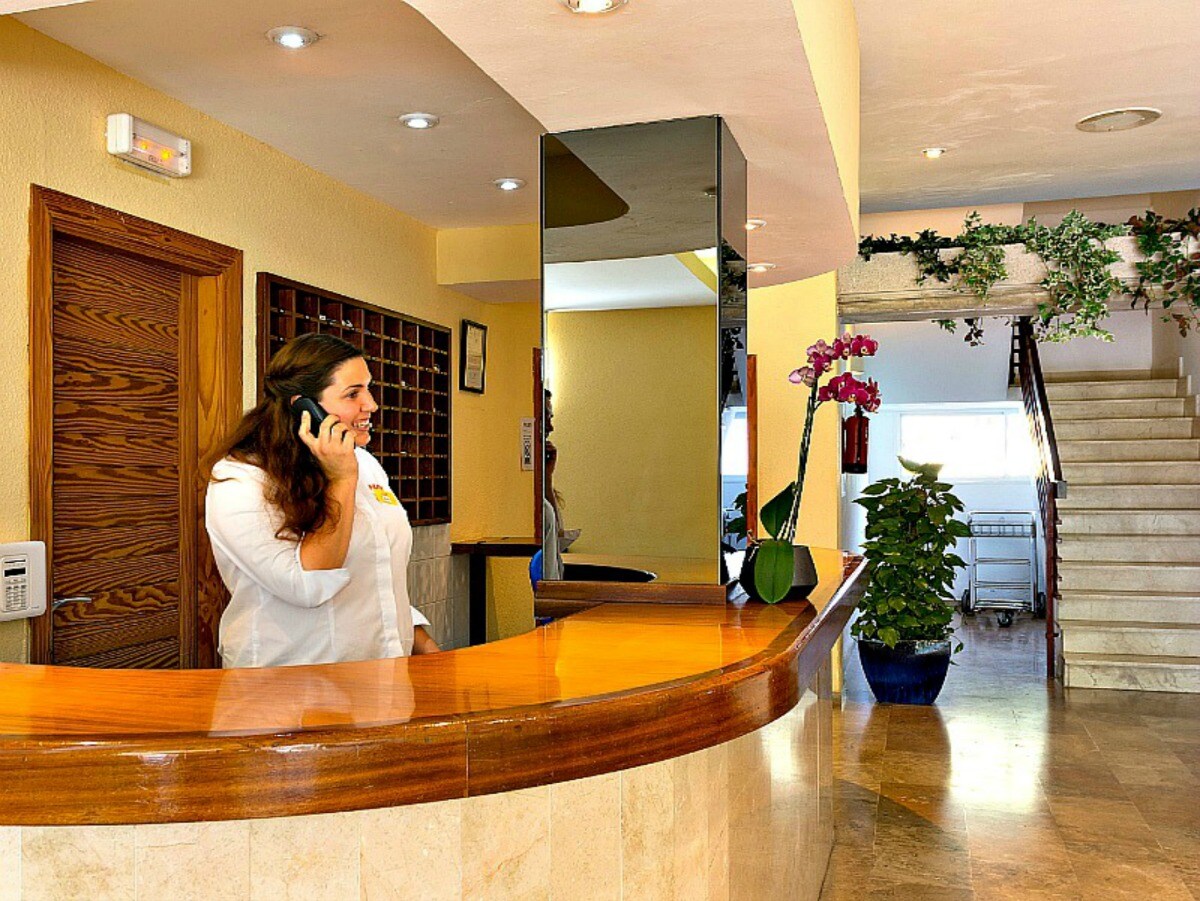
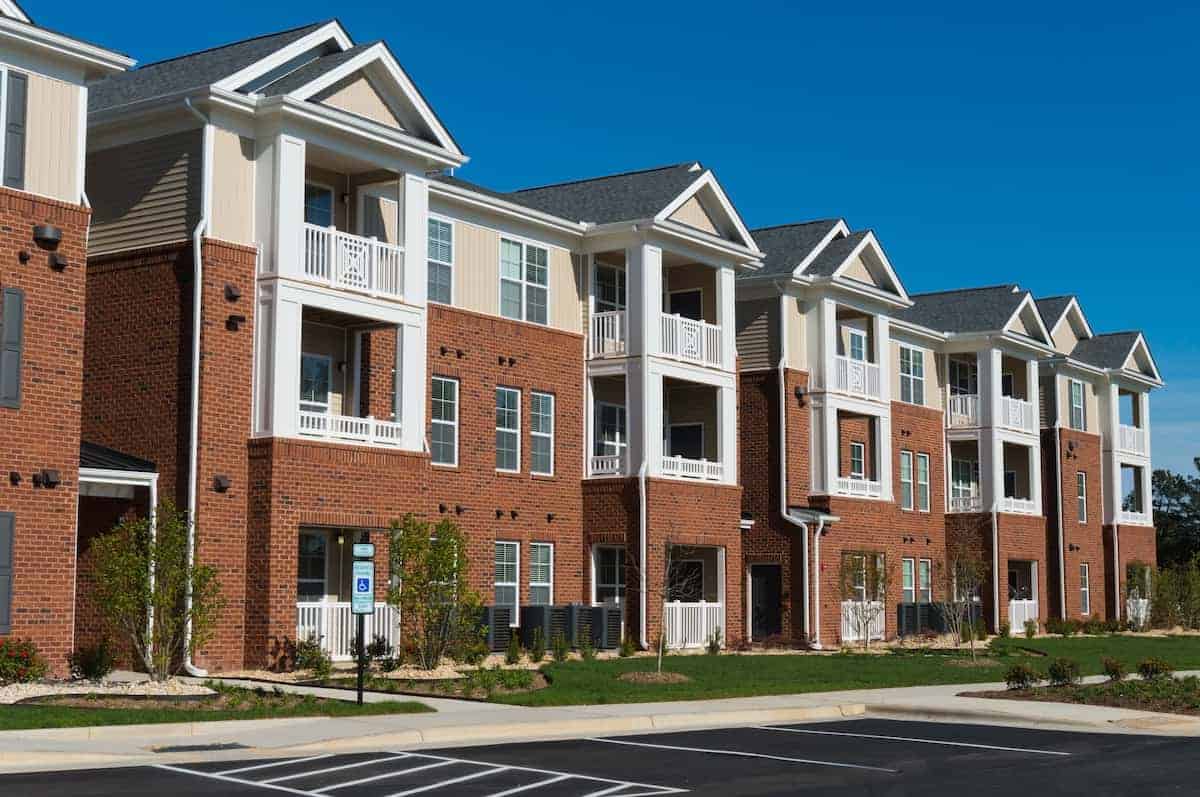
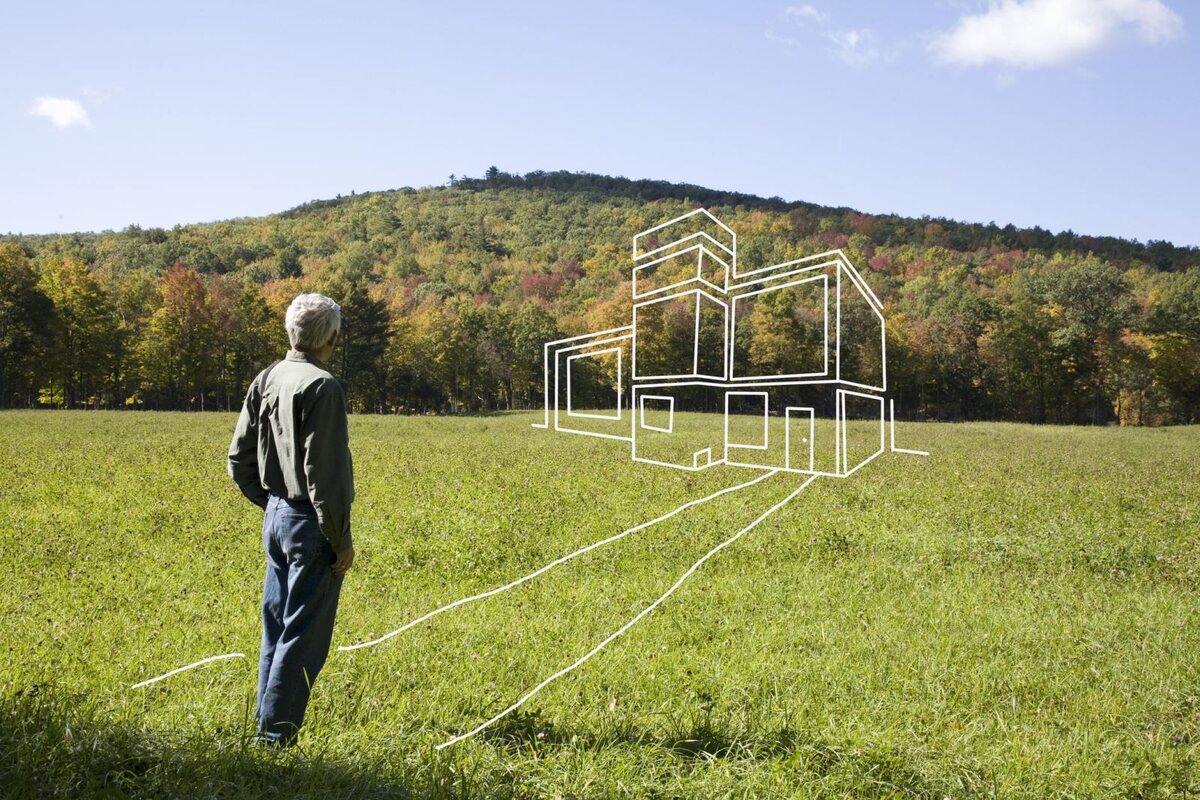
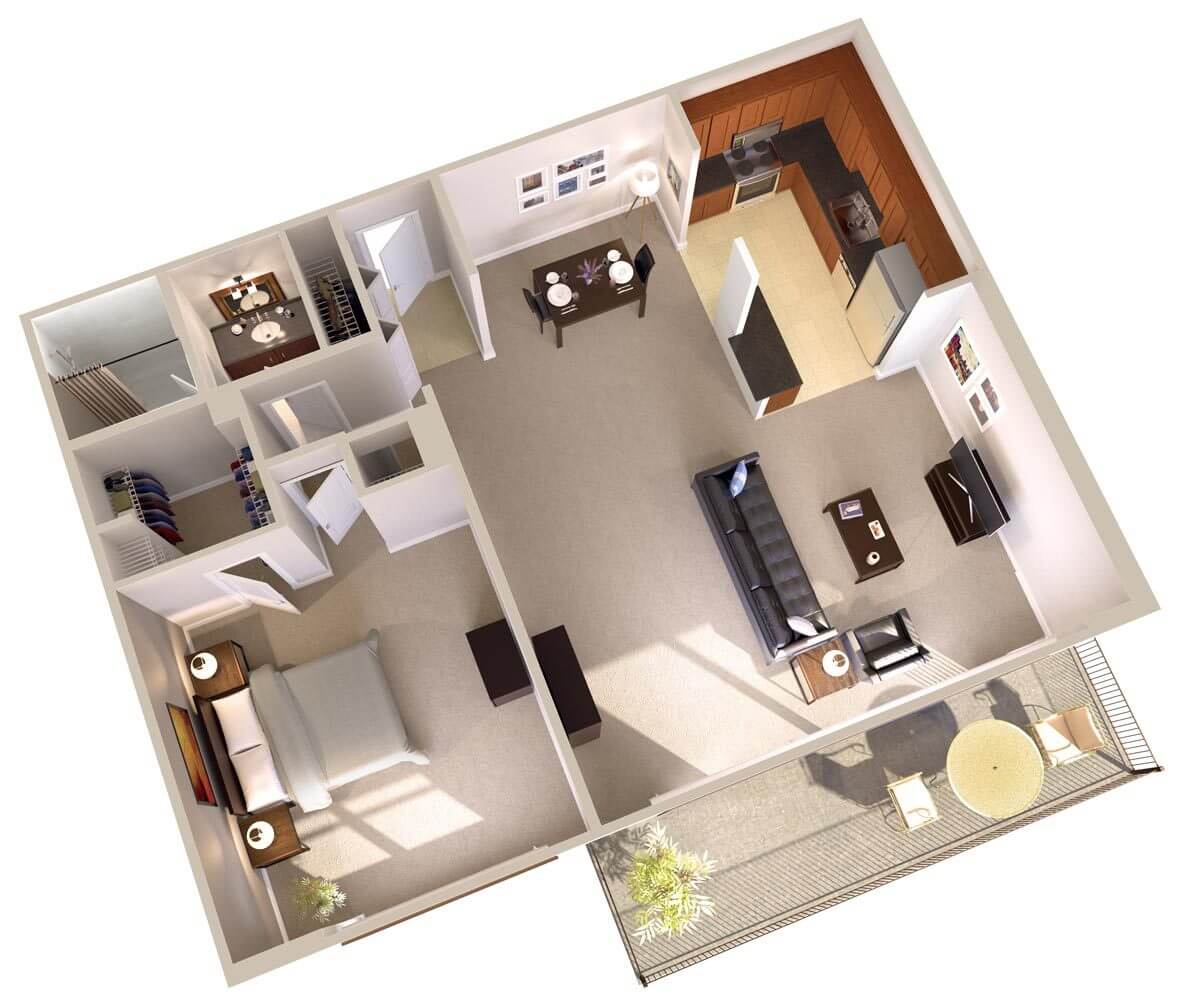

0 thoughts on “How Does Plumbing Work In An Apartment Building”